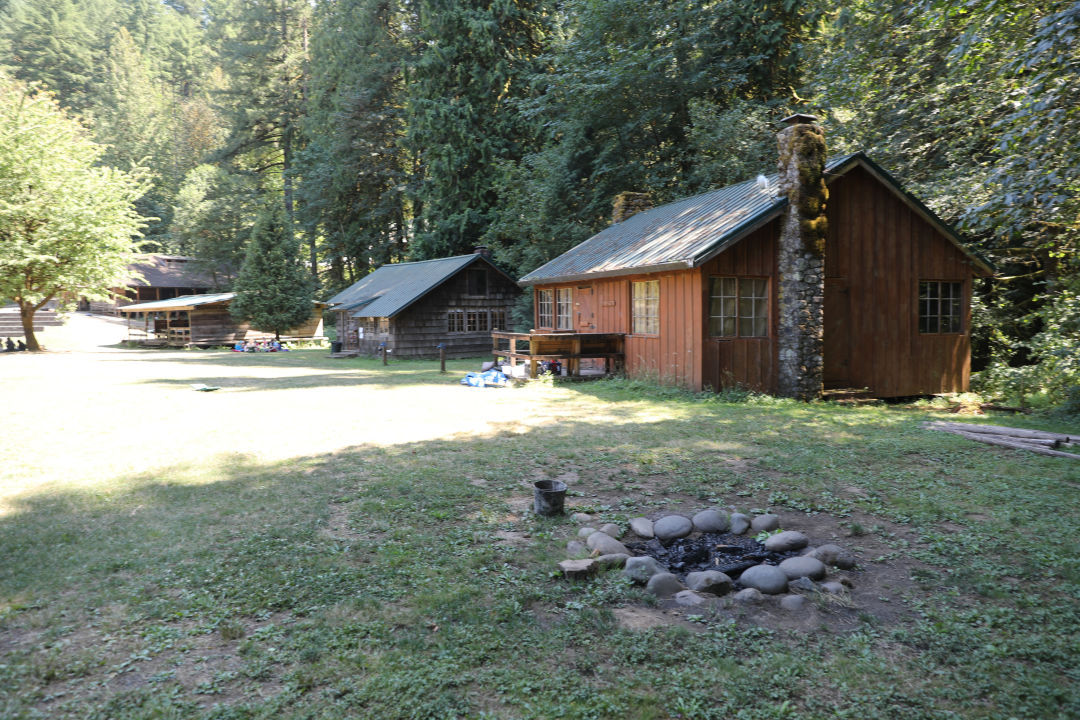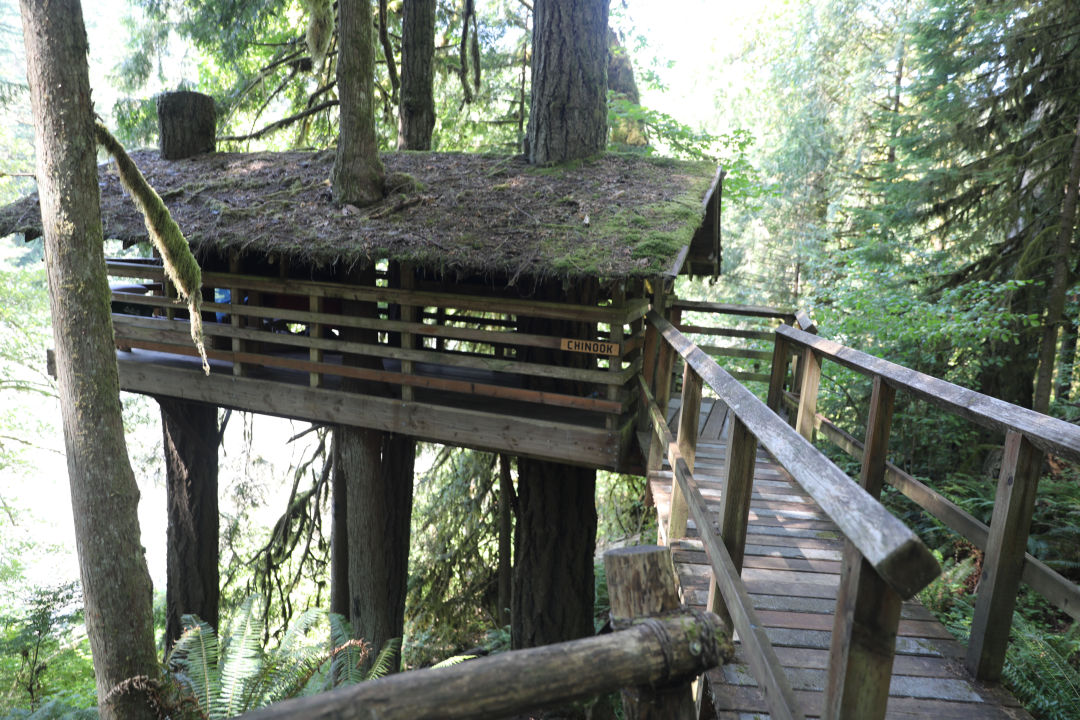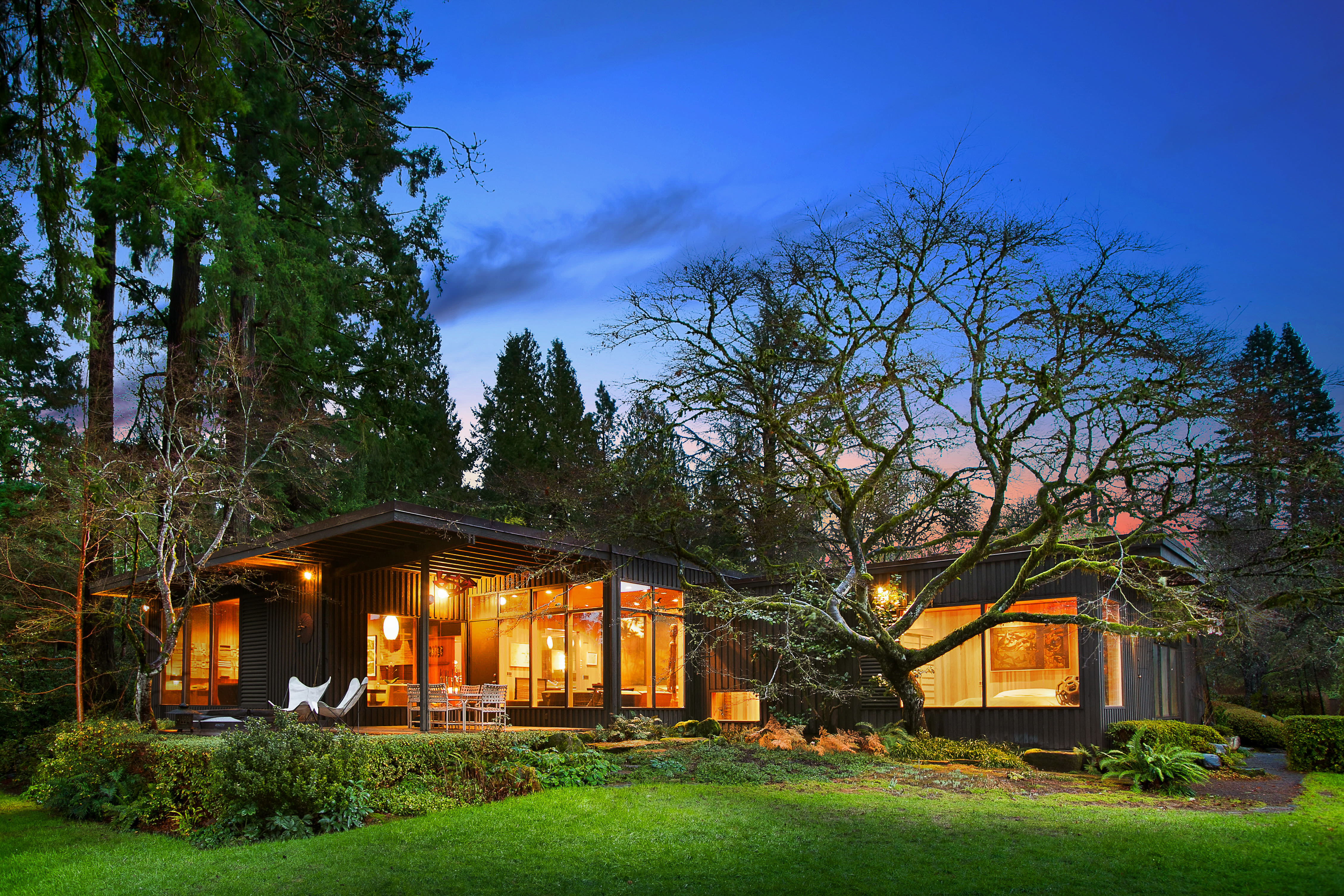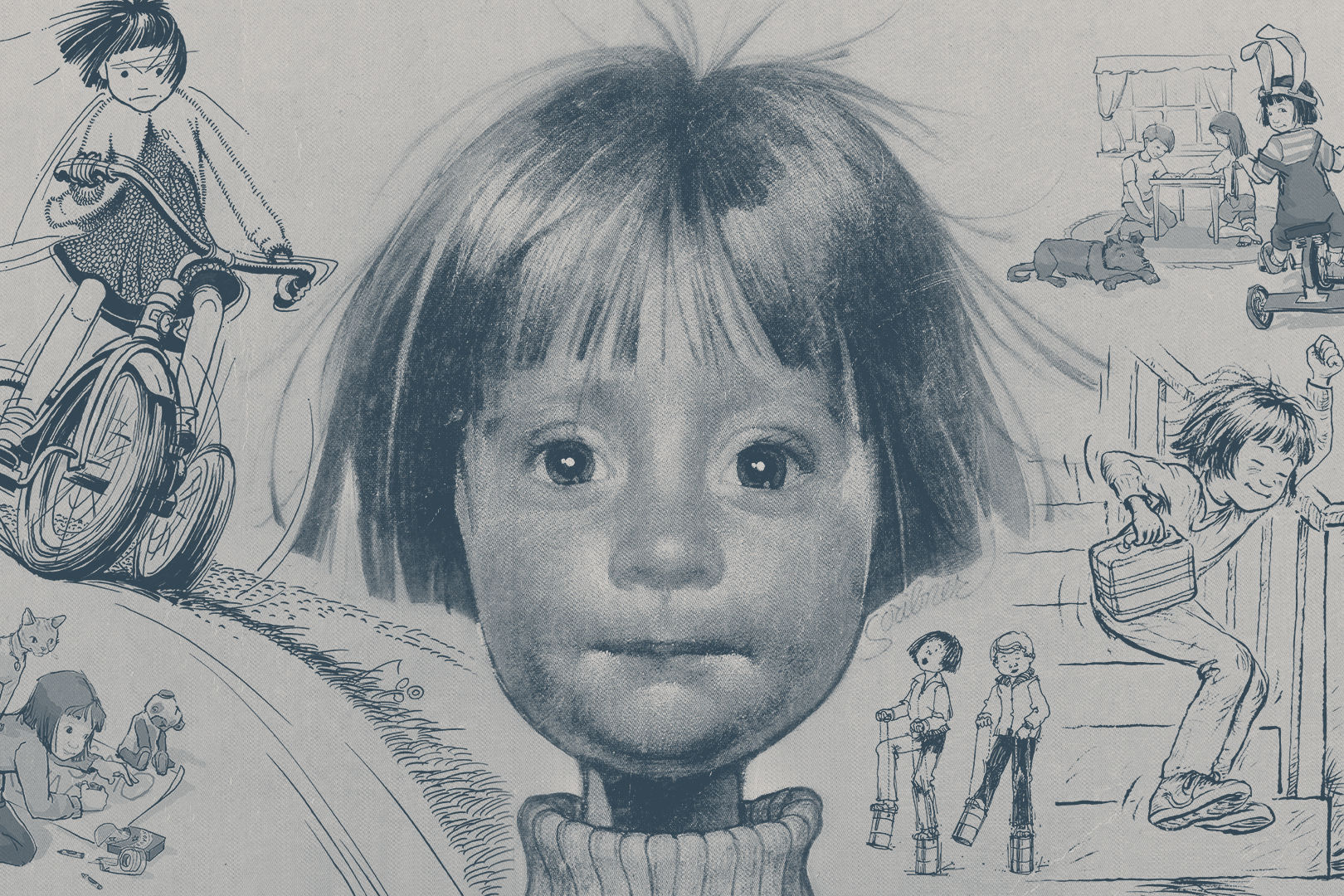Oregon’s Century-Old Camp Namanu Gets Historic Designation

The century-old Camp Namanu—Oregon’s first summer camp for girls, still in operation as a (now co-ed) summer camp and Outdoor School site—is now listed on the National Register of Historic Places. The camp, which occupies 552 forested acres on the Sandy River, an hour east of Portland, was recognized in late March for both its rustic architecture and its important Progressive Era role in providing girls with outdoor and leadership opportunities.
Founded in 1924 by Camp Fire Girls, Namanu was part of a nationwide summer camp boom: historians estimate that between 1923 and 1930, the number of private summer camps in the US swelled from 1,000 to between 5,000 and 7,000. Alongside physical fitness and play—from the jump, Namanu offered swimming, canoeing, and archery—these camps valorized the benefits of time in the woods during an era of increasing industrialization. Their architecture, accordingly, aimed to blend the built and natural environments.

Built in the 1930s as treehouses reached by wood ladders, the sleeping cabins in Namanu's Balagan cluster are now accessed via footbridge.
At Namanu, this manifested in rustic buildings made of natural materials, mostly wood and stone, with exposed rafters, wide porches, and river rock fireplaces. Four of the camp’s still-standing buildings were designed by an early-career Pietro Belluschi, the Italian-born architect who would receive acclaim for a unique Pacific Northwest form of modernism.
In one of those, the two-story, wood-framed Uncle Toby’s Cabin, the Portland-raised children’s author Beverly Cleary once read stories to campers. (Cleary also attended Namanu as a child, and in the 2010 live-action film Ramona and Beezus, based on Cleary’s novels, Ramona wears a Camp Namanu T-shirt.)
Other spots at Namanu cited for their historic significance include Mr. Skriggleboggle’s House, a foot-tall fairy house where generations of campers have left questions for the camp’s resident elf, and the Wishing Rock, another site of summer camp ritual.
After more than five decades as a girls’ camp, Namanu welcomed boys in 1979, and in 1999 became a site for Outdoor School, the weeklong environmental education program for sixth graders. It’s currently celebrating its centennial with an exhibit at the Oregon Historical Society running through June 9.




